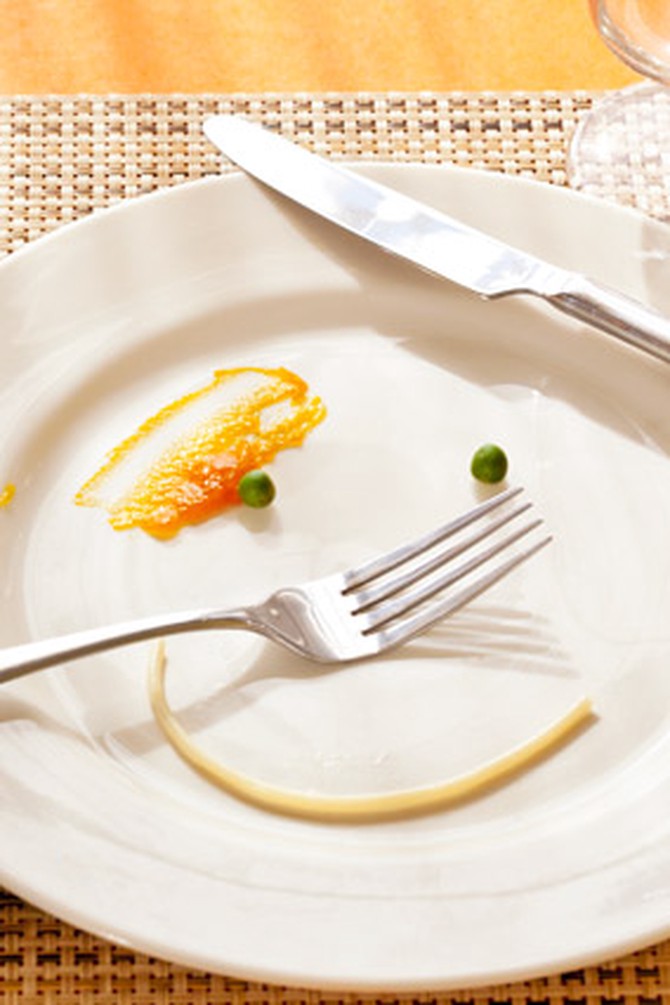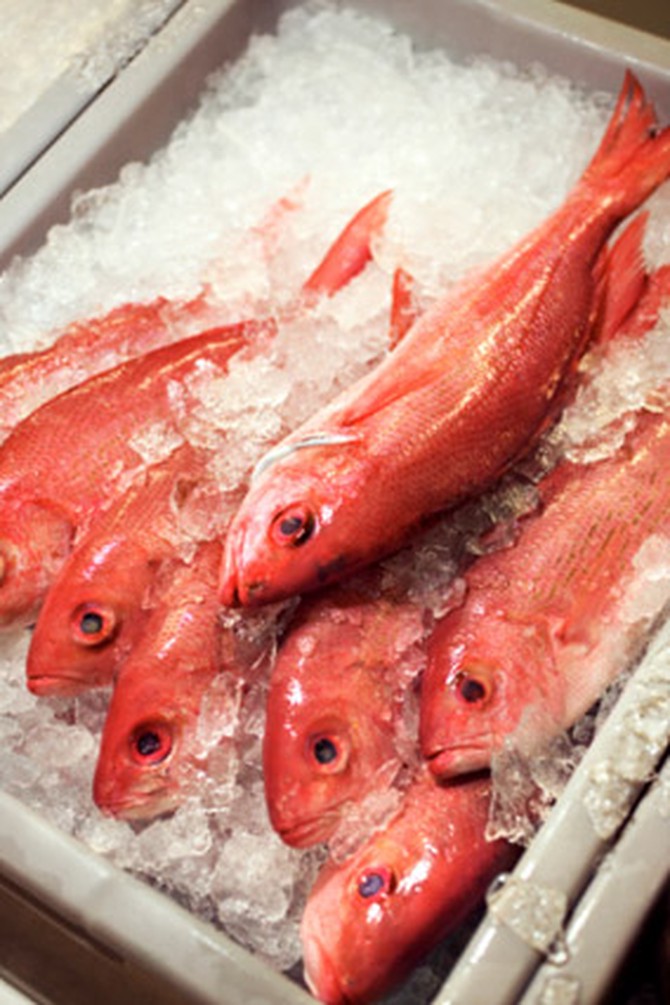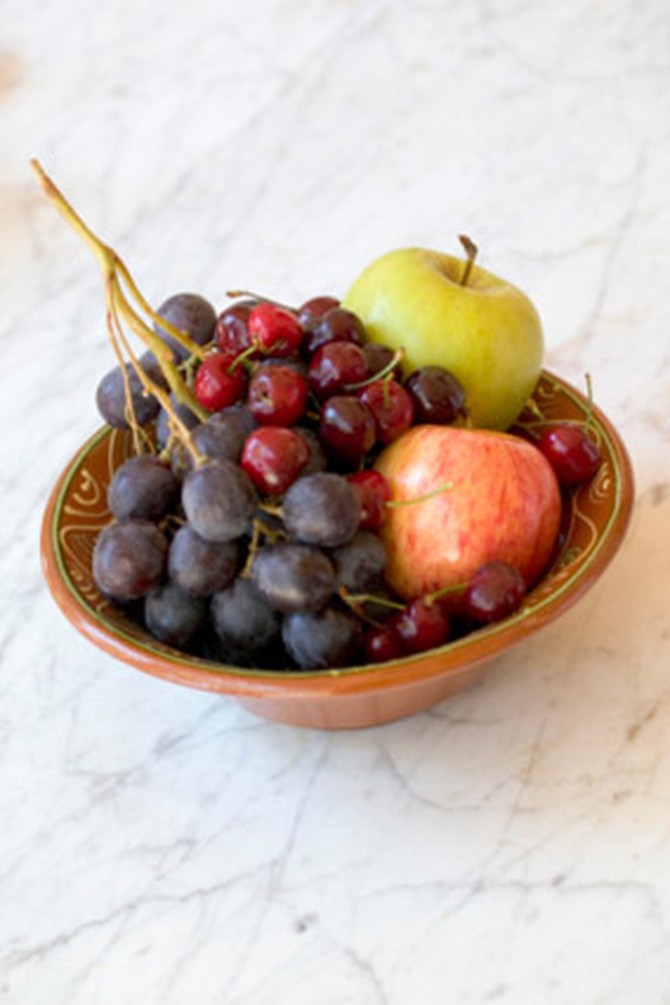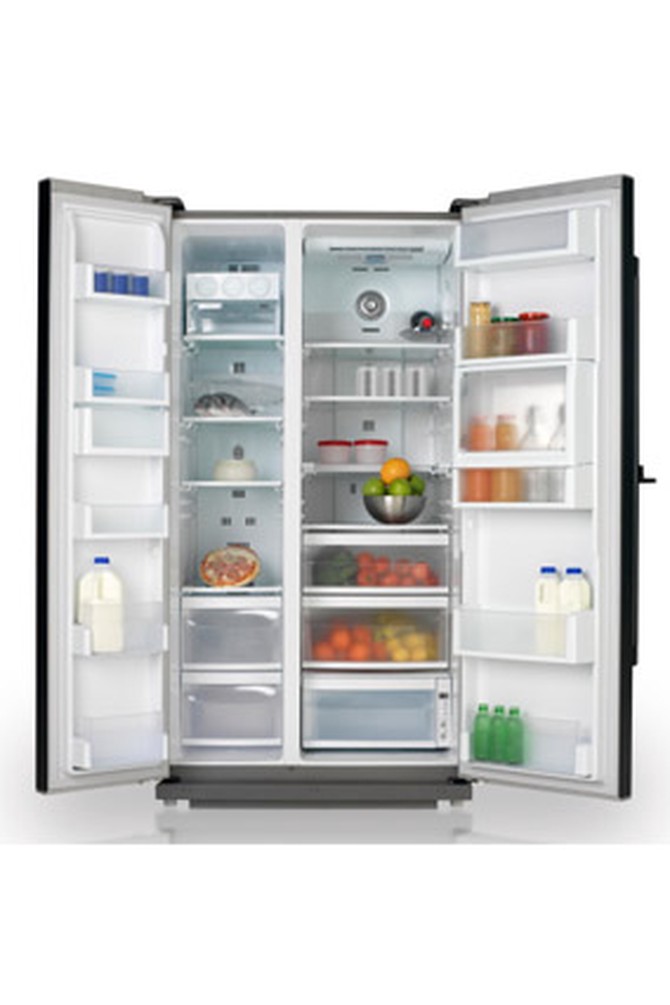5 Ways to Cut Your Grocery Bill (and Save the Planet)
By Rachel Mount

Photo: Ann Cutting
A $5 pint of strawberries left molding and forgotten in the back of the fridge. Half the cantaloupe you bought for a smoothie, languishing in the crisper. Your famous lasagna, cooked on the eve of back-to-back after-work plans, half of it now destined for the trash. If cleaning out your fridge each week supplies a steady diet of frustration and guilt, consider this: A family of four can waste more than $1,940 worth of food each year. That includes roughly 15 gallons of milk, 12 dozen eggs, 160 pounds of chicken and beef, and 240 pounds of fresh produce.
As hard as that loss is for your budget to swallow, it's even harder on the environment—consider the water and energy required to grow food, and the fuel used to transport it. But you can stop the flow from fridge to trash by simply buying things you'll actually eat and enjoying them before they spoil. These tips will save you money, curb how much you toss, and quash that 5 o'clock what's-for-dinner panic.
As hard as that loss is for your budget to swallow, it's even harder on the environment—consider the water and energy required to grow food, and the fuel used to transport it. But you can stop the flow from fridge to trash by simply buying things you'll actually eat and enjoying them before they spoil. These tips will save you money, curb how much you toss, and quash that 5 o'clock what's-for-dinner panic.

Photo: Thinkstock
Strategize Before You Shop
The first rule of easy and effective meal planning: Know thyself. Think back over your last three weeks' worth of dinners. How many nights did you dine at home? Do you enjoy splitting a big pot of soup over several meals, or are leftovers a lunch-only proposition? Can nothing stand between you and Friday night pizza delivery? There are no wrong answers. Meal planning can be a low-stress way to match your grocery shopping to your eating style; it isn't about measuring up to some June Cleaver ideal.
It also doesn't have to be a rigid, complicated affair. If a magnetic notebook stuck to the fridge works, have at it. If you want to plot your dinners with a detailed site like Plan to Eat, more power to you. For a casual approach, look at your upcoming week and subtract any nights you won't be home for dinner. Then figure that one more evening will be a wild card, when you'll eat leftovers, grab takeout, or yield to the siren call of a big bowl of cereal. For the remaining nights, jot down recipes or, to keep it supersimple, a protein, vegetable, and rice or pasta. The short list of meals allows for flexibility (chicken or hamburgers tonight?) without the risk of over- or under-shopping. Don't want to select a veggie before you've perused the produce aisle? Paint the broad strokes (greens X 2) and you can decide on-the-fly. When you hit a week that really works, tuck your plan into a folder or plastic sleeve and return to it a month or two later. Most of us can enjoy a six-to-eight-week meal cycle without getting bored—or even noticing.

Photo: Thinkstock
Keep It Cool
The greatest enemy of meat, dairy, and produce is warmth, so the colder you can keep your food, the better. Start your shopping in the middle of the store, where the pantry items are, so refrigerated and frozen foods won't sit too long in your cart. Harold McGee, the author of Keys to Good Cooking, suggests keeping a cooler in your car and placing meat, seafood, and milk in it for the ride home. You can also ask that especially perishable items, like fish and shellfish, be bagged on ice. If you don't have room for a car cooler, McGee suggests bagging frozen and cold foods together. At home, check the temperatures of your fridge and freezer (they should be set between 35 and 40 degrees and at zero, respectively). For a fast test, feel ice cream—if it's soft, your freezer is too warm.

Photo: Thinkstock
Store Food Like a Pro
Knowing where to stash your groceries can help extend their shelf life. Milk and eggs should not be placed in the fridge door, where temperature can fluctuate. Chill shelled nuts and whole grain flours for maximum freshness. A wide, shallow fruit bowl means fruit is less likely to bruise and rot. Bananas, apples, pears, and avocados should stay on the counter until they're ripe, then be moved to the fridge to preserve their taste for up to three more days. Finally, if you're keeping food in its optimal environment, trust your senses when deciding to toss something. "Best used by," for example, refers to quality, not safety.

Photo: Thinkstock
Set Up Visual Reminders
To keep your refrigerator from becoming the graveyard where celery and deli meats go to die, Jonathan Bloom, author of American Wasteland,suggests taking a large picture you love to look at and taping it up in the back. If you can't see at least part of it, the fridge is likely too full. When you buy new groceries, borrow a trick from the store and rotate older items to the front—if you see them, you're more likely to use them. Finally, when produce and leftovers are starting to reach the end of their life span, Bloom moves them to his "use it up" shelf. "I'd try to remember what had to be eaten soon, but I'd forget," he says. "Now I just look at my shelf."

Photo: Thinkstock
Celebrate the Remains
Combat a fridge full of Tupperware with a weekly "leftover night," or place each night's extra portions directly in lunch-size containers. Don't think, though, that leftover has to mean "carbon copy." Frittatas, risotto, and stir-fries are easily adaptable, tasty ways to enjoy that half a bell pepper or partial head of broccoli from another recipe. Chef Tamar Adler, author of An Everlasting Meal, plans for one meal to evolve easily into the next. "I chop and cook most of my produce as soon as I get back from the market," she says. Half a dozen sweet potatoes roasted on Sunday become a side dish for Monday, then sweet potato cubes tossed with lime vinaigrette for a cold salad on Tuesday, and finally a pureed soup for Wednesday. "It's like convenience food," Adler says. Only so much more delicious.
Next: The New Delicious: Creamy, Crunchy, Crumbly Treats to Buy
Next: The New Delicious: Creamy, Crunchy, Crumbly Treats to Buy
From the April 2012 issue of O, The Oprah Magazine

